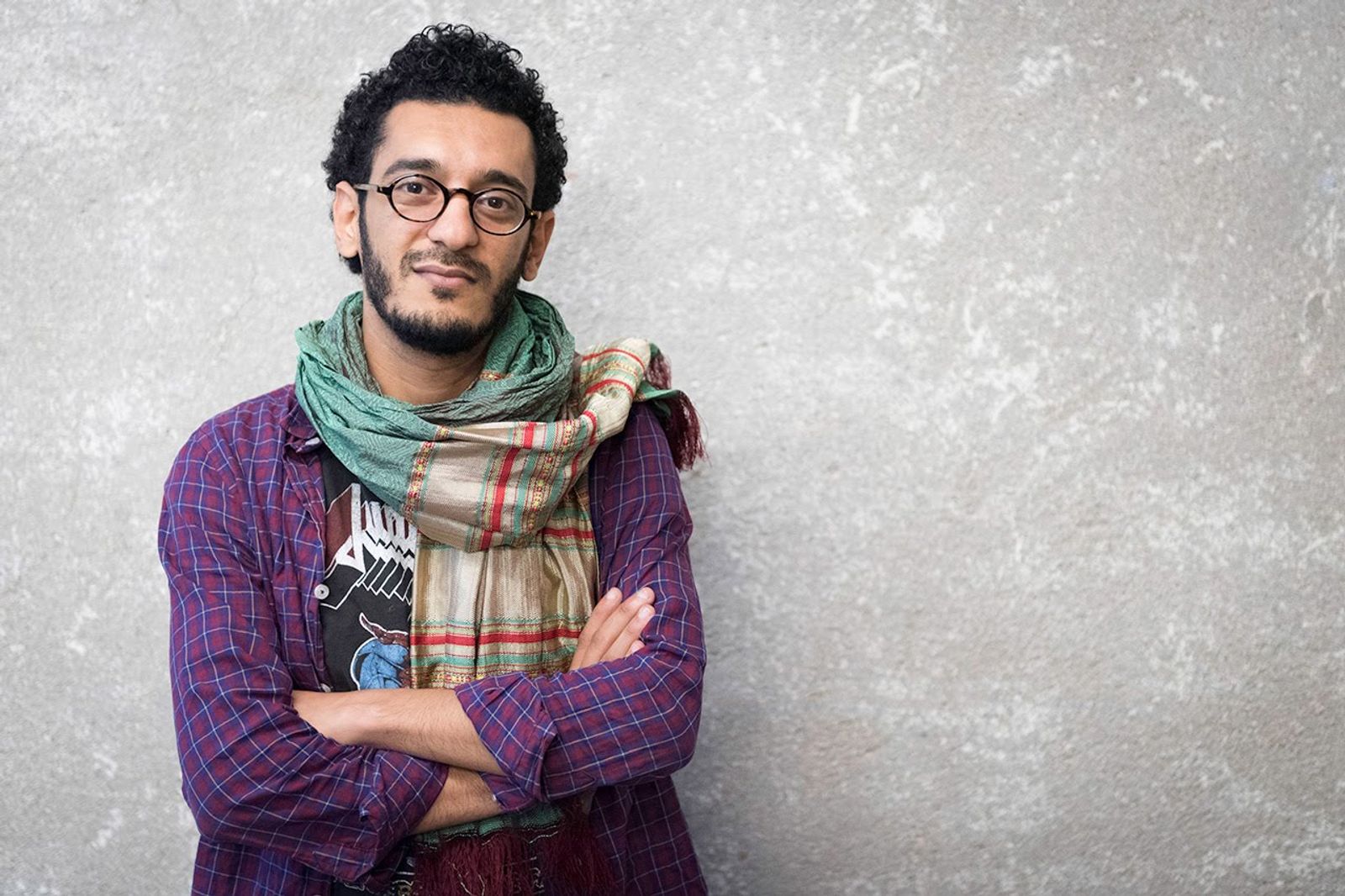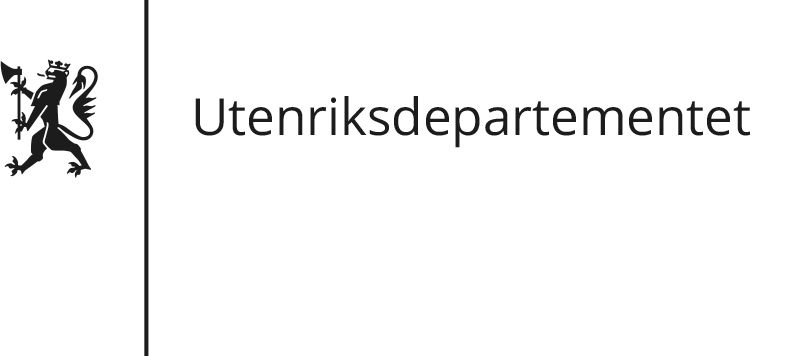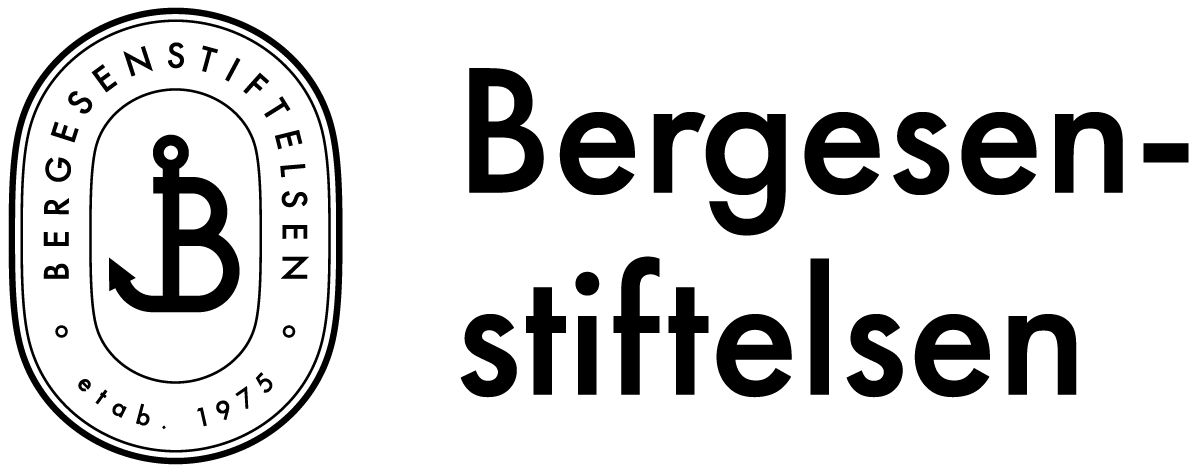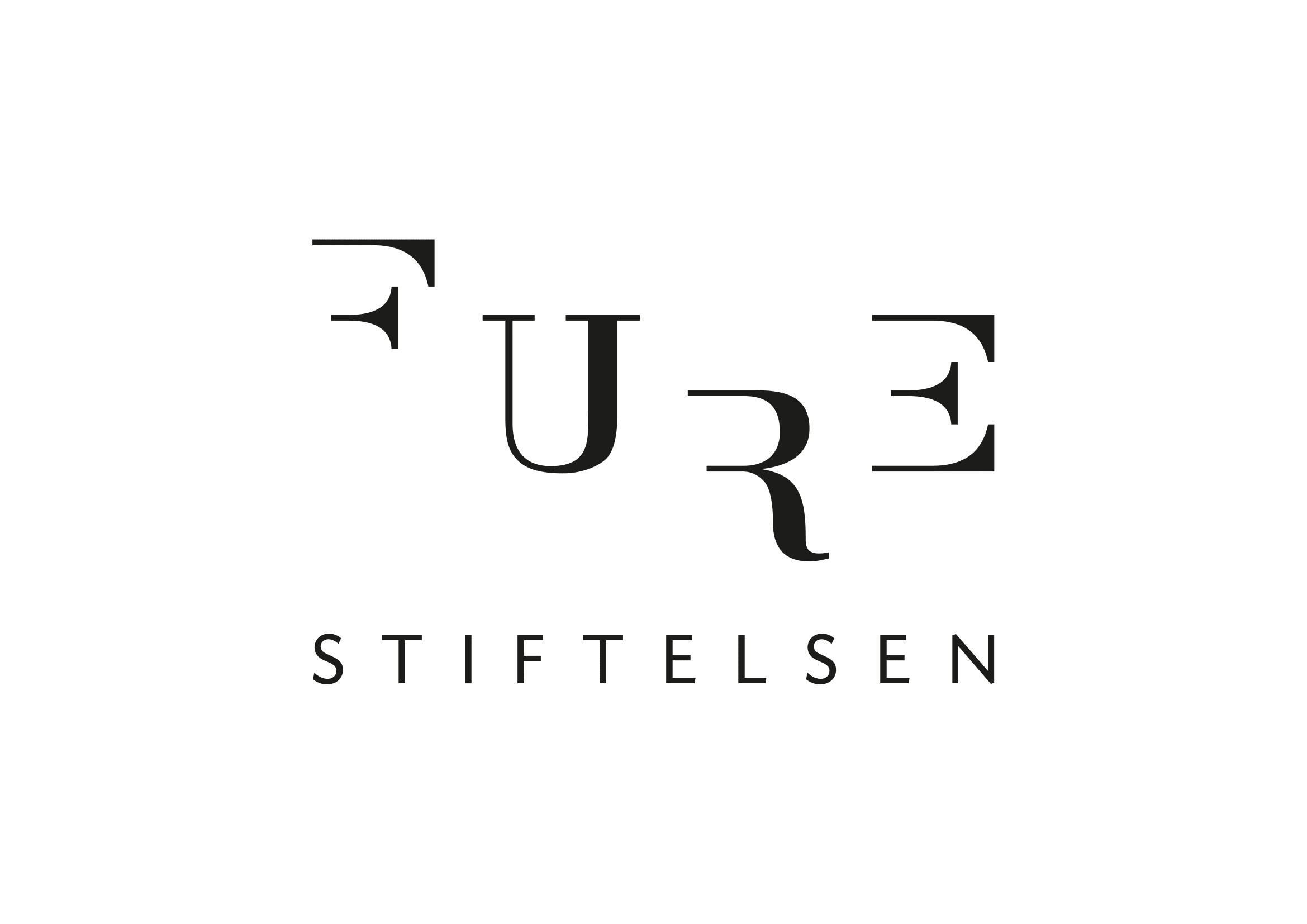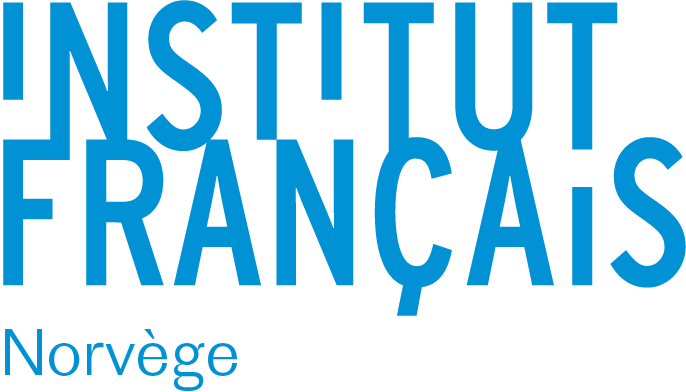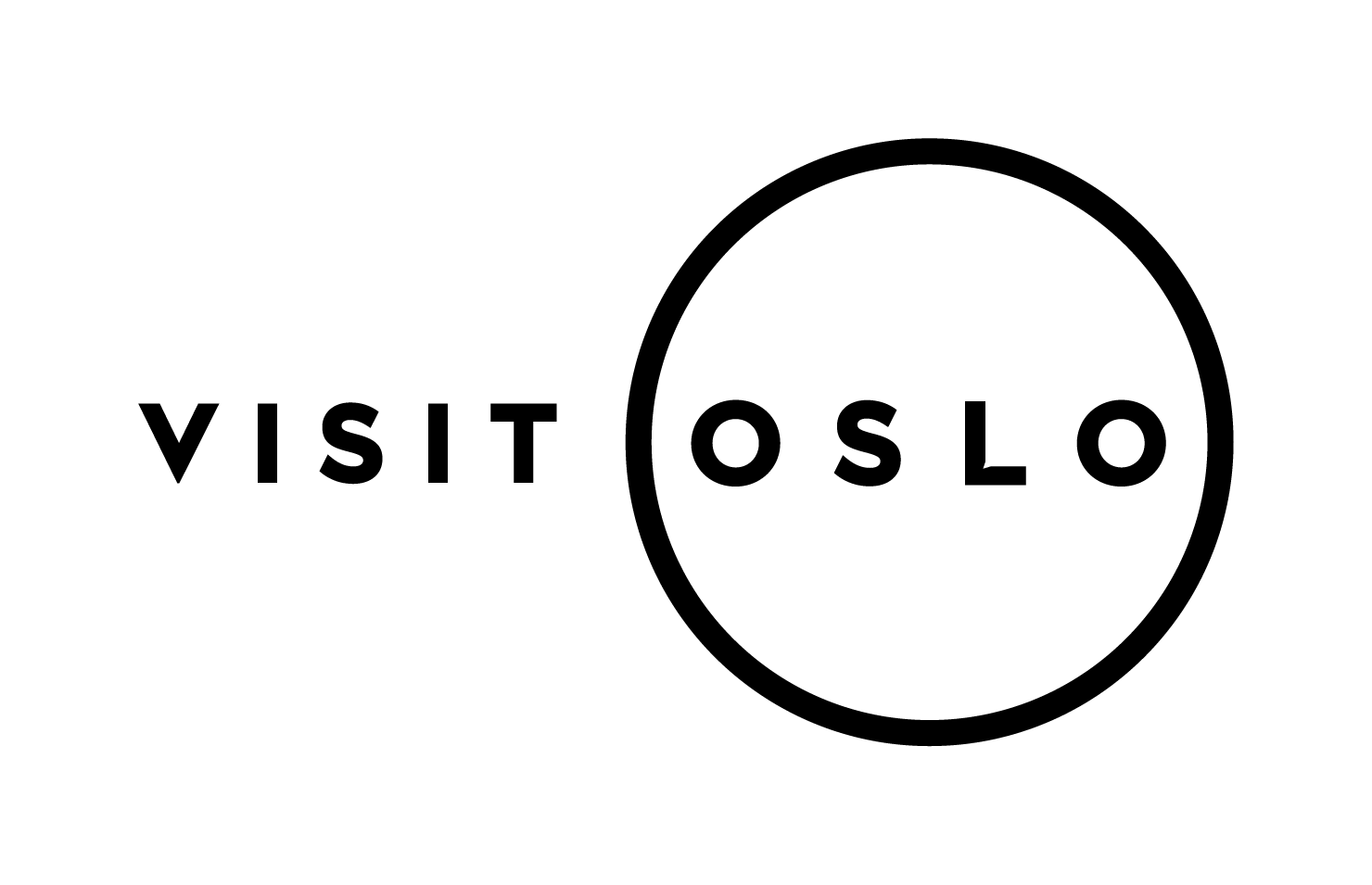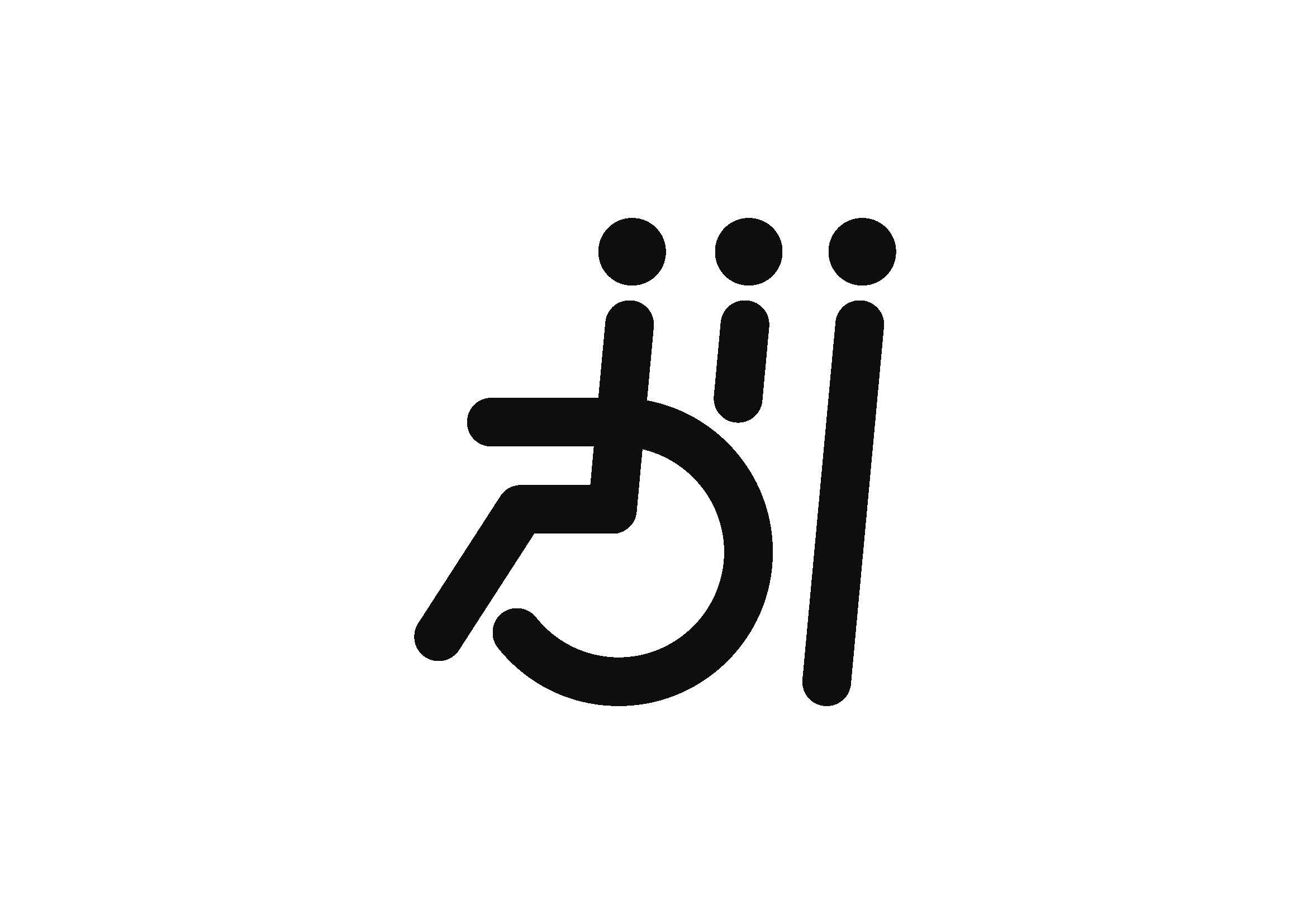The noise of geography: Abdellah M. Hassak in conversation with Budhaditya Chattopadhyay
The interview anticipates the programme There is more to it than Casablanca on September 20th at Vega Scene, which features a listening session and discussion with Francesca Ceccherini (Zaira Oram) presenting Symphony of Archives by Hassak.
Artist, researcher, writer and theorist Budhaditya Chattopadhyay and sound artist, DJ/music producer and art director Abdellah M. Hassak exchange about Hassak’s initial interest in working with sound, and drawing ideas from traditional sound cultures in Morocco and North Africa. (Interview date: September 2020)
BC: How did you come to work with sounding arts and experimental music?
AH: When I was 16, I brought together a number of high school friends to have my own rock band; from one event to another, I was digging into the immense universe of music and sound, passionate about contemporary creativity, cultural research and underground life. Art filled me and I felt invaded by everything that has to do with nature and culture but also impressed by the mysteries of experimental electronic music. But I was still searching for ways to reconcile the musical traditions in Morocco with the electronic modernity - using new technologies, how to combine art and sound, culture, tradition and the language of electronic music. I started to work alone on modern instrumentations, samplings of voices and ethnic instruments to link new experimental music, electronic music, and deconstructing so-called ‘world music’. I am working today to constitute this bewitching fusion of contemporary sounds and ethnic songs to produce a retro-futuristic atmosphere and a psychedelic show where the magic of the sequences of sound samples come together to form a whole sonic world that takes us into unique universes and experiences.
BC: What were the inspirational sparks for your interest in working with sound?
AH: At the beginning when I started to work on experimental music and sound in my small studio, I was not too convinced about what I was doing, it was the same techniques, the same materials, the same software and the same instruments. Thereafter, I started to be interested in taking into consideration the sound dimension in a geographical context both in my sound landscape work for the curious ear, and the geography of noise / the noise of geography, but also music in its geo-social relationship. I think the act of leaving the studio to take the risk of confronting the unpredictable, the uncontrollable, even sometimes the fragile, kept me thinking about more real documentation of a given sound and musical and social situation. These kinds of recordings allow me to better understand the musical practice of a region or a country or the soundscape of a geographic space. Studio recordings often de-naturalize the sound practice - the sound that was created in a place; we can lose the place but this music was made to stay in this space, in a space with a specific context and social environment. Those sound recordings immortalize a moment of a unique and sensitive point in the life of those we don’t know, of social practices in times and places that we might ignore.
BC: Do you locate certain tendencies in your own work drawing ideas from the traditional sound cultures in Morocco and North Africa?
AH: At the moment on one of my musical projects which is more based on sound research in traditional sound cultures in Morocco, North Africa and in all of Africa, it’s about the notion of the tribe as a universal social phenomenon that inspired the producer of my work for the creation of my third album and new project under the pseudonym Guedra Guedra – Son of Sun (EP) – Vexillology (new LP). It is from the angle of the history of African societies, inspired by the concept of ethnocentrism as an expression of the exaltation of tribal consciousness in a contemporary musical universe that created this new contemporary music. The work is based on an immersive and chaotic musical arrangement inspired by the first epithets applied to the African continent such as savagery and barbarism. They refer as much to Sub-Saharan African as to Barbaric culture and make reference to images of human animalism. Guedra Guedra explores chaotic tribalism with the aim of reactivating different African folklores under a new musical energy. It proposes a synthesis of its pan-African sensibility and a full immersion in the traditional rhythms of North Africa. Ultimately, this album is a temporary transposition of the tribal culture - a contemporary imprint that involves the listener.
BC: Even though it is entrenched in Eurocentrism, the formation of ‘sound art’ or ‘sonic art’ departed from a typical Western musical tradition where tonal structures are discreet and quantifiable. How do you interpret the Moroccan sound culture and transformative traditions in what you do as a sonic artist?
AH: My project Mahattat Radio is an ephemeral and temporary research and production radio station, which sneaks into listening to archives, places and people from different public and private places (cafe, house, art center, schools, festivals, public space, etc.). The radio aims to offer an alternative, archivist and citizen media for Moroccan society and is focused on transdisciplinary and radio sound creation. At the beginning, it was an idea to know and appropriate the history of my country - a key factor for the proper development and functioning of a society. Alongside national and official archives, which shape a certain vision of history, for me there are other archives - those of citizens, which still remain to be explored. Therefore, since the beginning of this radio project I have worked with a lot of people from Moroccan society seriously since my first experiences there were all the time of fluidity and flexibility with the citizens. I think that the power of audio is its invisibility and its futurity. It is an act in context with space to create a personalized dialogue with the people and the territory concerned. In my experience by practicing sound art and radio, the force of interaction in Morocco is that it is giving the voice. And what this medium creates as a social link is to value individuals through the right to speak and the democratization of the collective writing of history - more particularly, of the individuals who have little or no voice within our Global societies.
Abdellah M. Hassak is a sound artist, DJ/music producer, and art director. He was born in Morocco / Casablanca. In 2014, his work had already pushed the boundaries of his practice, and he founded Mahattat Radio, where he conducted radiophonic and sound research in interdisciplinary projects with various communities. For 8 years, he participated as an artist, researcher, and radio producer. Abdellah shapes sound as a material to create sound pieces, performances, acts, and installations. His creative process is often collaborative, involving communities. Currently, his research focuses on memory, which he uses as a creative process based on interaction. He is fascinated by the way humans inhabit their environment.
Budhaditya Chattopadhyay is an artist, researcher, writer, and theorist. Working across diverse media and incorporating creative technologies, Chattopadhyay produces exhibitions, installations, and live performances addressing urgent issues of climate crises, ecology and environmental justice, migration, race, and decoloniality. He is the author of four books: The Nomadic Listener (2020), The Auditory Setting (2021), Between the Headphones (2021), Sound Practices in the Global South (2022).
